
Trailer Running Lights Not Working
What do you do if the trailer running lights are not working?
First, use a light tester to check the wiring to the trailer light to see if it is connected properly. The voltmeter will show if there is a connection between the trailer and the receiver. You may have to clear the blockage for the current to flow.
Read on to find out how trailer lights work and how to keep using them, and we'll give you great advice to help you drive your trailer safely.
How to Keep Trailer Lights Working?
You should have fully functioning trailer lights that you can only signal to vehicles behind you if they are working properly. However, if the trailer light does not come on, it will cause a lot of trouble, and we will give some solutions for common problems.
First, you should check the car wiring. The wires should be connected properly, you can use a light tester to check the wiring. When you're using the tester, the light that doesn't light up is the one that's in question.
As you check the wiring, you should watch for too many connectors. When this happens, the trailer running lights may not work properly.
While you're at work, you should also check that electrical tape is durable. Poor-quality electrical tape will stop your running lights from coming on when you need them.
The second place you should check is the connection between the receiver and the hitch. There should be a metal-to-metal connection between the two. In some cases, you may need to strip some paint off the metal to ensure a proper connection.
What are Trailer Running Lights?
Trailer running lights are installed for driving safety and legal requirements. Trailer lights can increase the visibility of the trailer during driving, for the safety of the vehicle during driving, and can also illuminate the road ahead.
Any trailer, whatever size, needs to have lights installed. However, you may notice that the rules are not strict in some rural areas. Nonetheless, you still need to follow the established rules every time you use public roads.
The vehicle's lighting circuit will be connected to wires in the trailer to power it. The types of trailer lights you need to install are:
- Tail light
- Parking light
- Turning light
- Reflector light
- Hazard light
- Side markers
What is trailer wiring?
A trailer should always have a trailer link to connect tail lights, signal lights, and other similar systems. If the connectors aren't enough, you can add the wires you need to help connect the systems on the trailer together. Meanwhile, custom wiring can be created by purchasing wiring harnesses.
You can also customize the wiring in the vehicle by splicing another connection. Of course, be careful with the wires when splicing. As we mentioned before, too much splicing can hinder the joining process.
What are the regulations for the use of trailer running lights?
USA TODAY discusses regulations set by the Department of Transportation regarding the proper lighting required for all trailers. The rules refer to the lights used on the front and rear sections of the trailer.
Tail Light Regulations- The rear of the trailer should have a pair of red brake lights. Also, the brake lights should come on when you apply the brakes.
- There should be a pair of red tail lights at the rear of the trailer. The tail lights should indicate the width of the trailer.
- There should be enough space between the brake lights and the tail lights. Place the light on a line of symmetry about 15 to 72 inches tall.
- Put the white license plate on the back of the trailer. There should be license plate lights on the top or both sides of the license plate.
- Install side lights on opposite sides of the trailer. This type of light helps other drivers notice your vehicle.
- The side lights at the rear should be red. Position the rear side lights within 15 to 60 inches of the trailer.
- Side lights placed in the front will use yellow. Install this light near the front of the trailer. Height should be 15 inches.
- Next, if the trailer is longer than 30 feet, the other pair of side lights should be used to indicate the length. Use a yellow light for this pair of extra lights. Height should be 15 inches.
- Wide trailers measuring 80 inches or higher should have additional lights on the front and rear.
- The rear of the wide trailer should have a pair of red running lights. Place these lights on the widest and tallest part of the trailer.
- At the rear, it is also important to install three red identification lights. To place these lights in the center, there must be 6 to 12 inches of space between them. Likewise, when installing the identification light, choose the highest part of the rear of the trailer.
- Wide trailers should also have clearance lights on the front. Make sure to place these lights as high and close to the front as possible.
- The trailer should have permanent trailer lights.
- Make sure the side lights are parallel to the centerline of the trailer.
- The taillights and headlights should be perpendicular to the side line of the trailer.
- Another additional provision is the placement of reflectors on the rear and sides of the trailer. The reflector should show the dimensions of the vehicle.
Why choose LED lights for trailer lights?
Experts agree that trailers should use LED lights. However, you must change to LED lights for all use lights in your trailer. Using LED trailer lights is good for your vehicle, and most importantly, these lights also last longer than traditional trailer lights.
You should also note that states have different rules about the colors you can use. Check your local regulations to see what is legal or not.
How to drive a trailer safely?
Before you drive trailer, it can be helpful to know some basic safety procedures. It's not enough to know how to use a trailer to haul furniture or go on a cross-country trip.
First, you should make sure the vehicle can tow. Check the manual to find out how much weight your vehicle can handle.
You can also practice driving beforehand. Remember that there is a difference between normal driving and driving with a trailer. You should consider in advance what difficulties you will encounter while traveling.
Second, keep a reasonable distance from the vehicle ahead. You have to remember that when the car or truck in front of you stops or slows down, you will not be able to react quickly because you are carrying a heavy load.
Most importantly, make sure the trailer and vehicle are connected properly. Check that safety chains and lights are in place.
At last
Trailer running lights are an important part of a trailer. These should be able to light up whenever you need them.
Turning on your trailer lights will ensure that you are complying with federal and state laws.
If the light is not working properly, you need to check the wires and connectors. You want to make sure that the entire line circuit is connected correctly.
The trailer and vehicle should also be fully connected. The two metals should meet, allowing the light to reach the trailer. You can use a wire tester or voltage regulator to determine continuity.

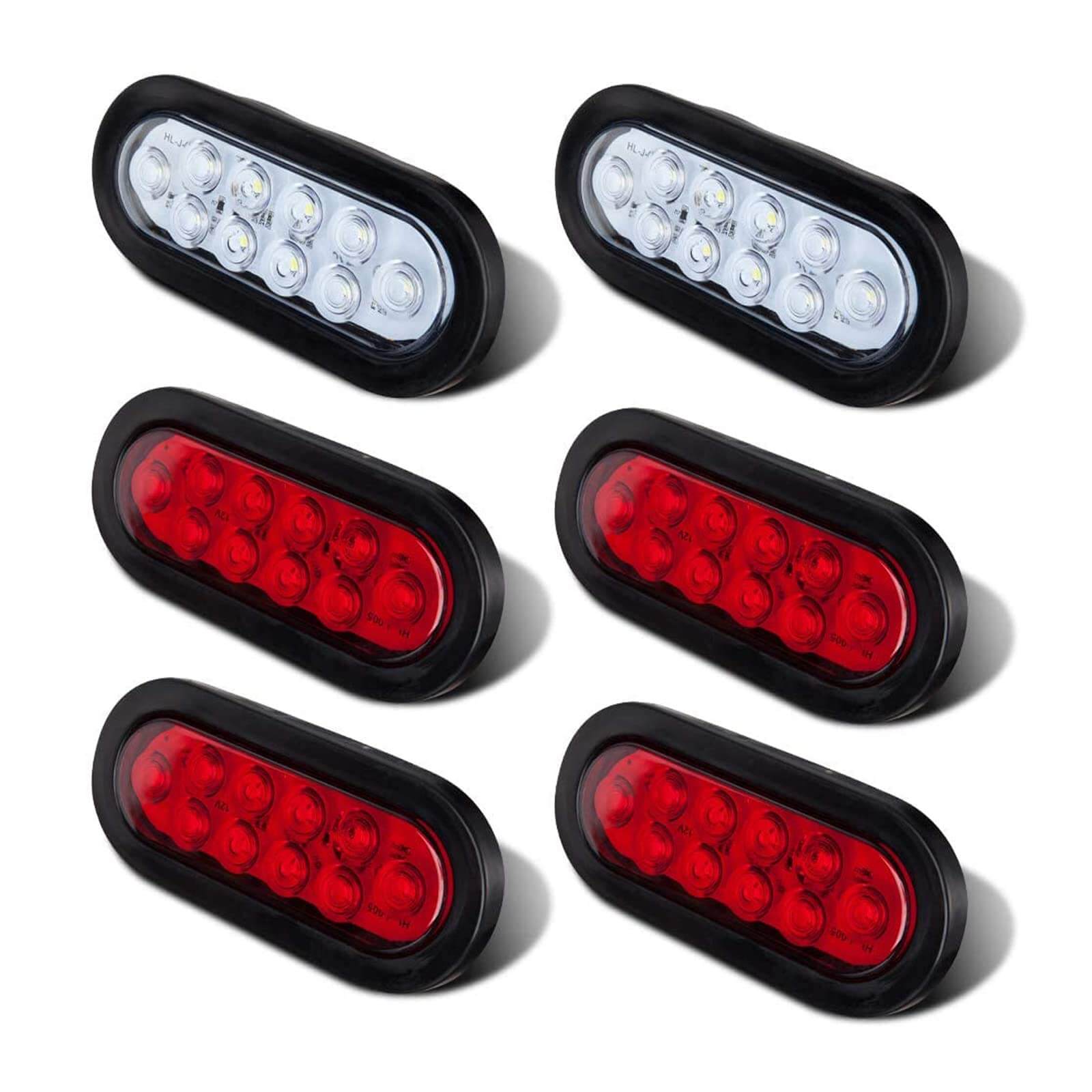
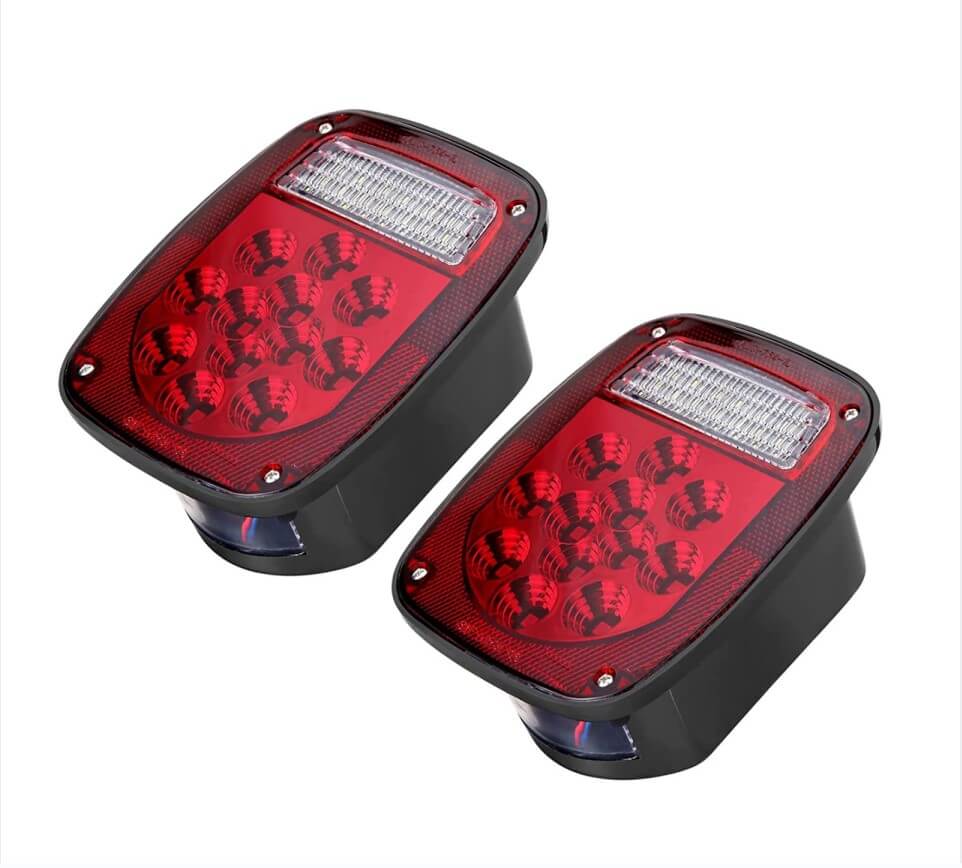

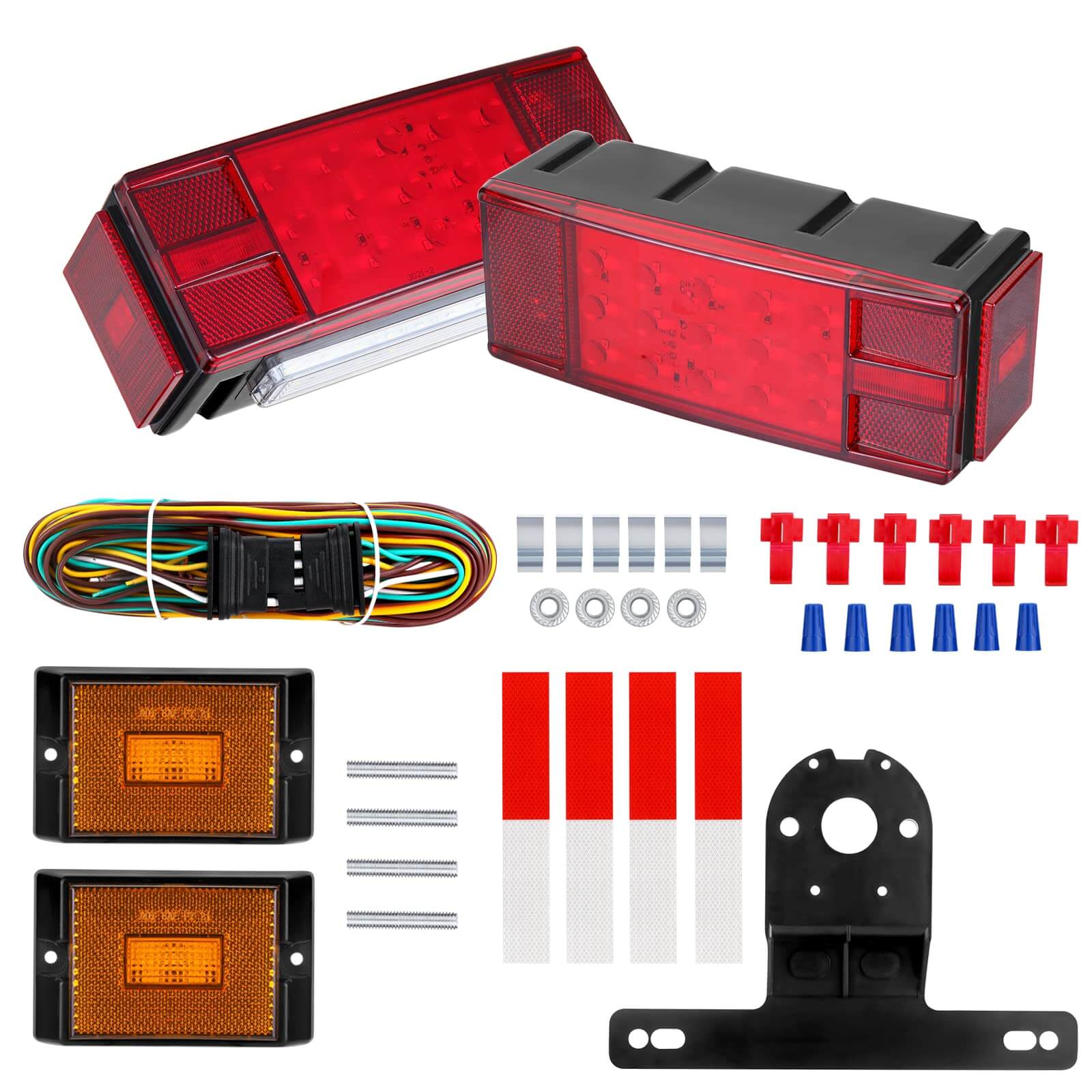
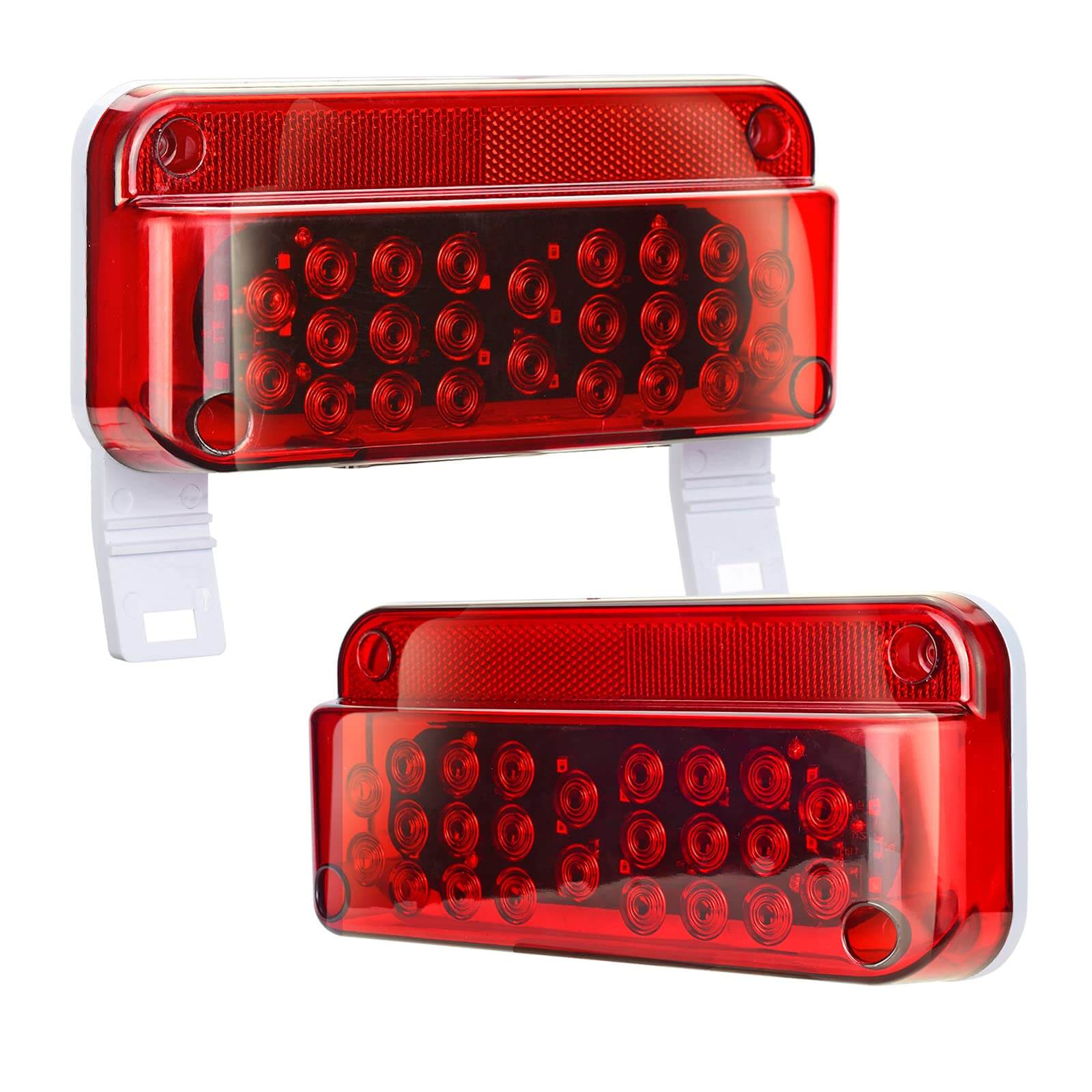
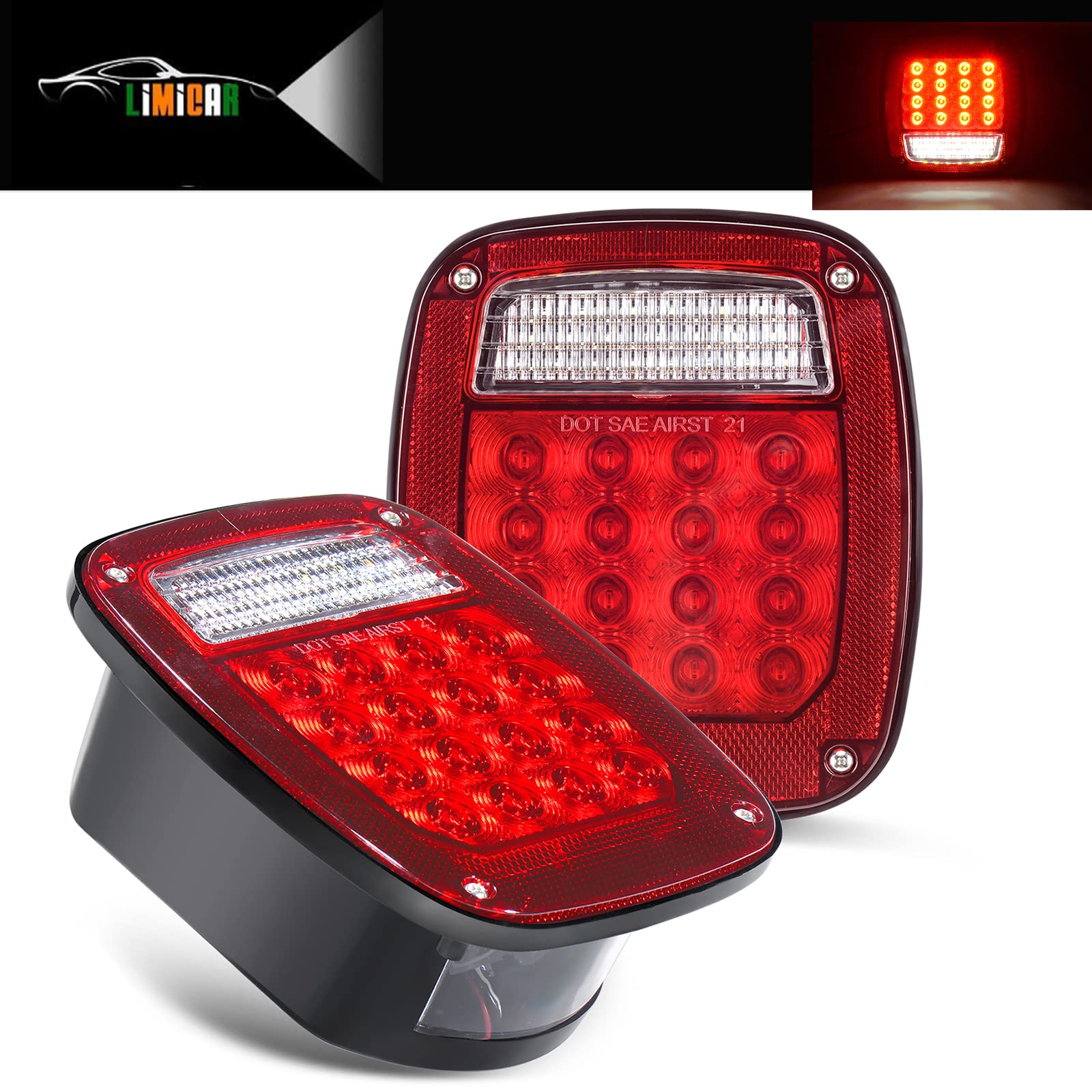
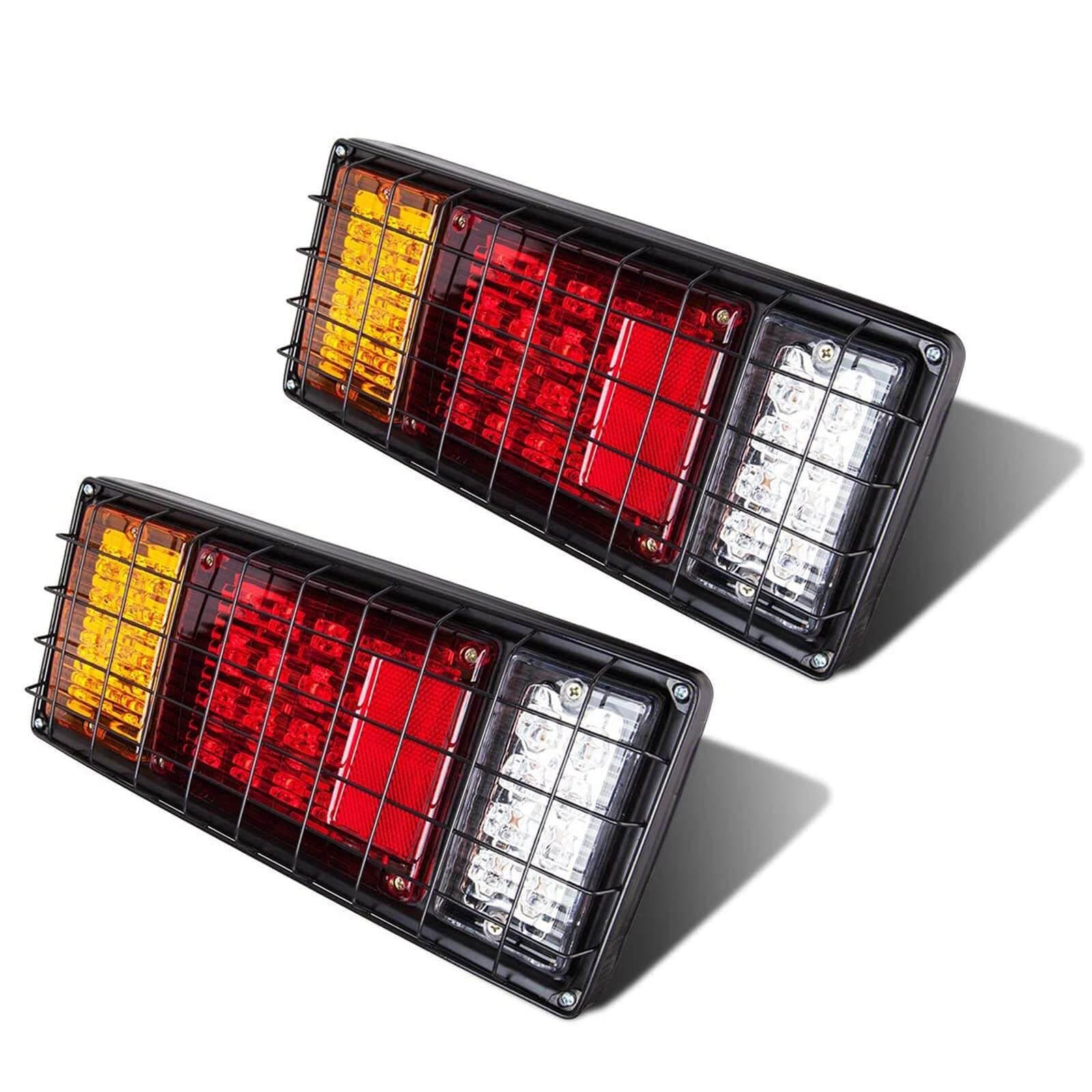
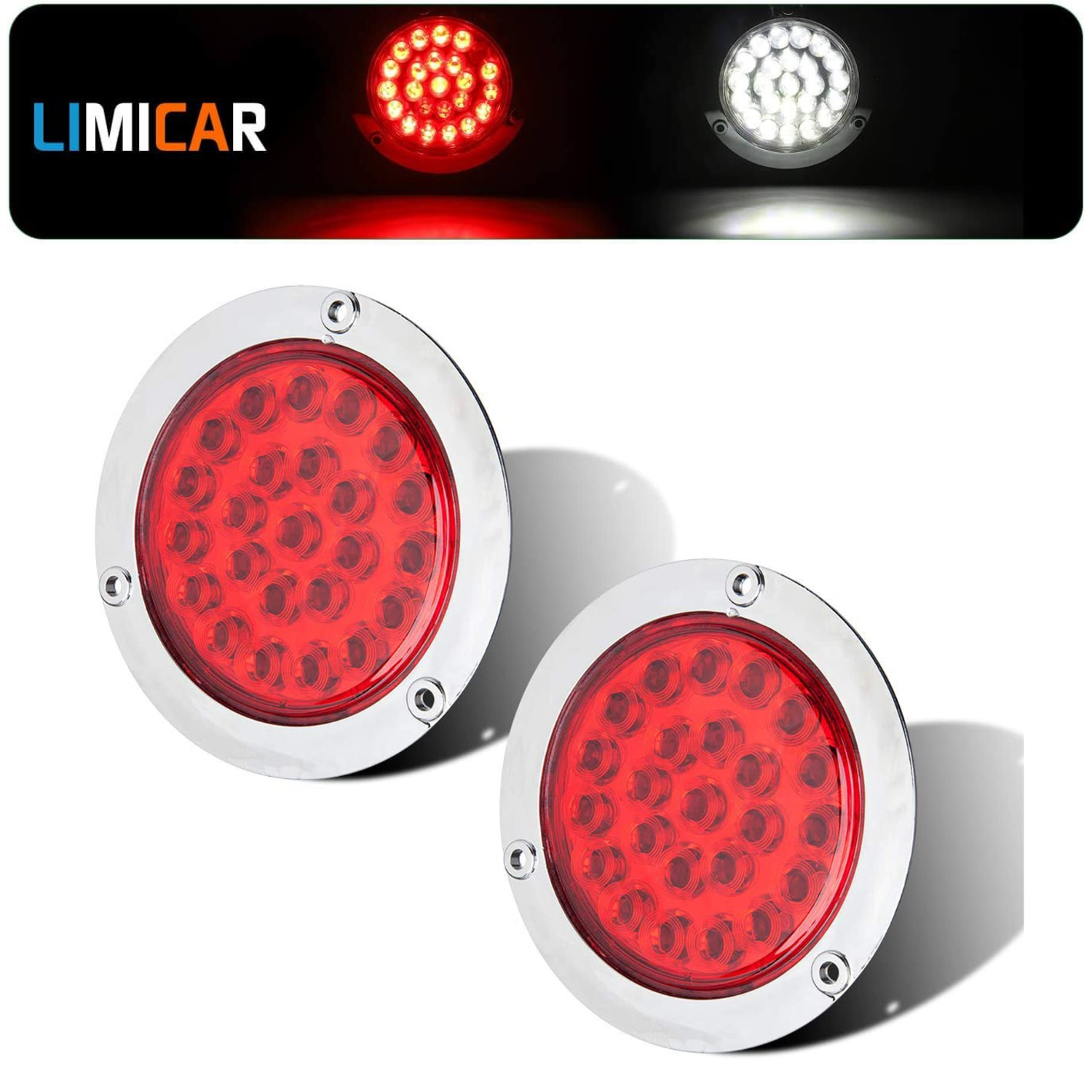
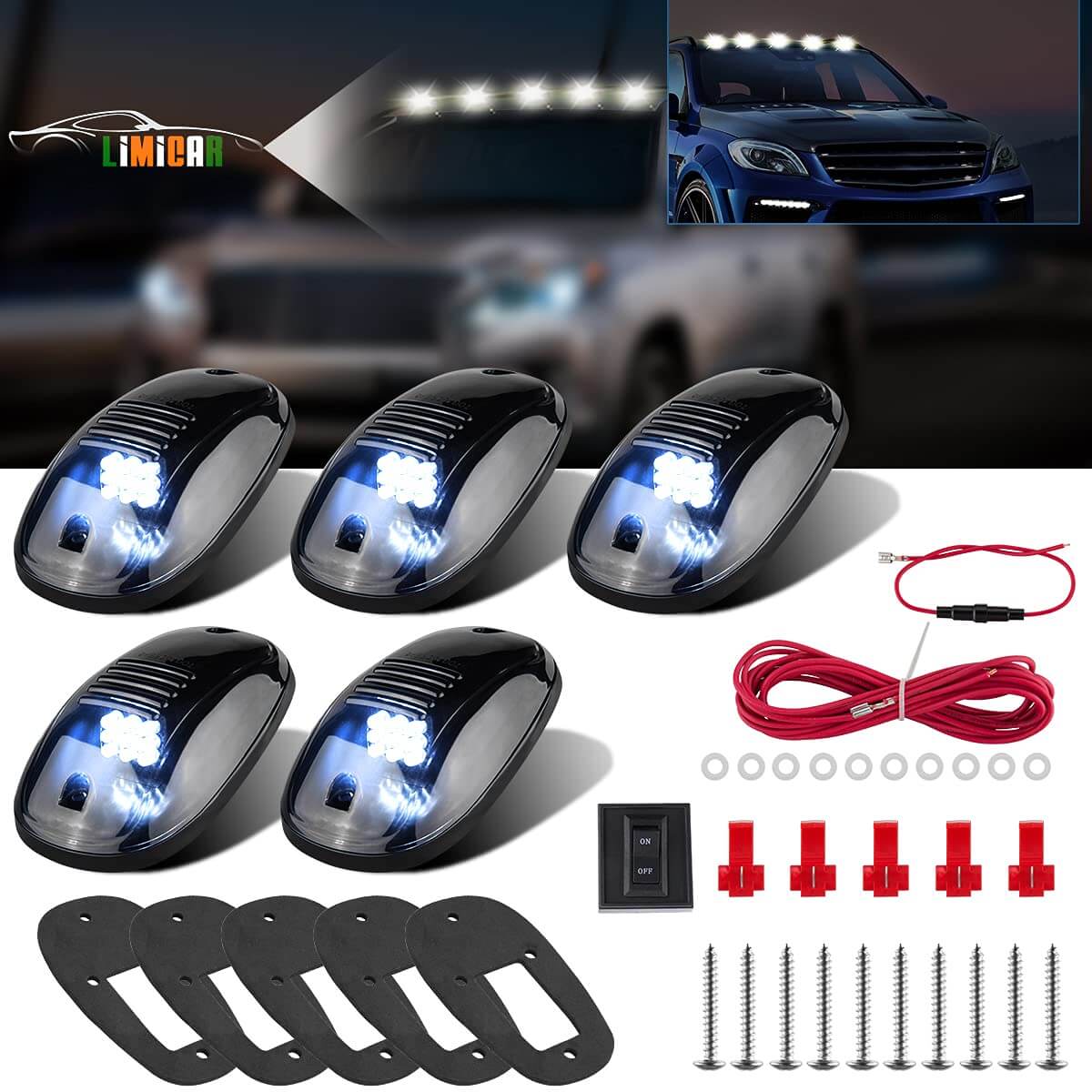



















0 Comments